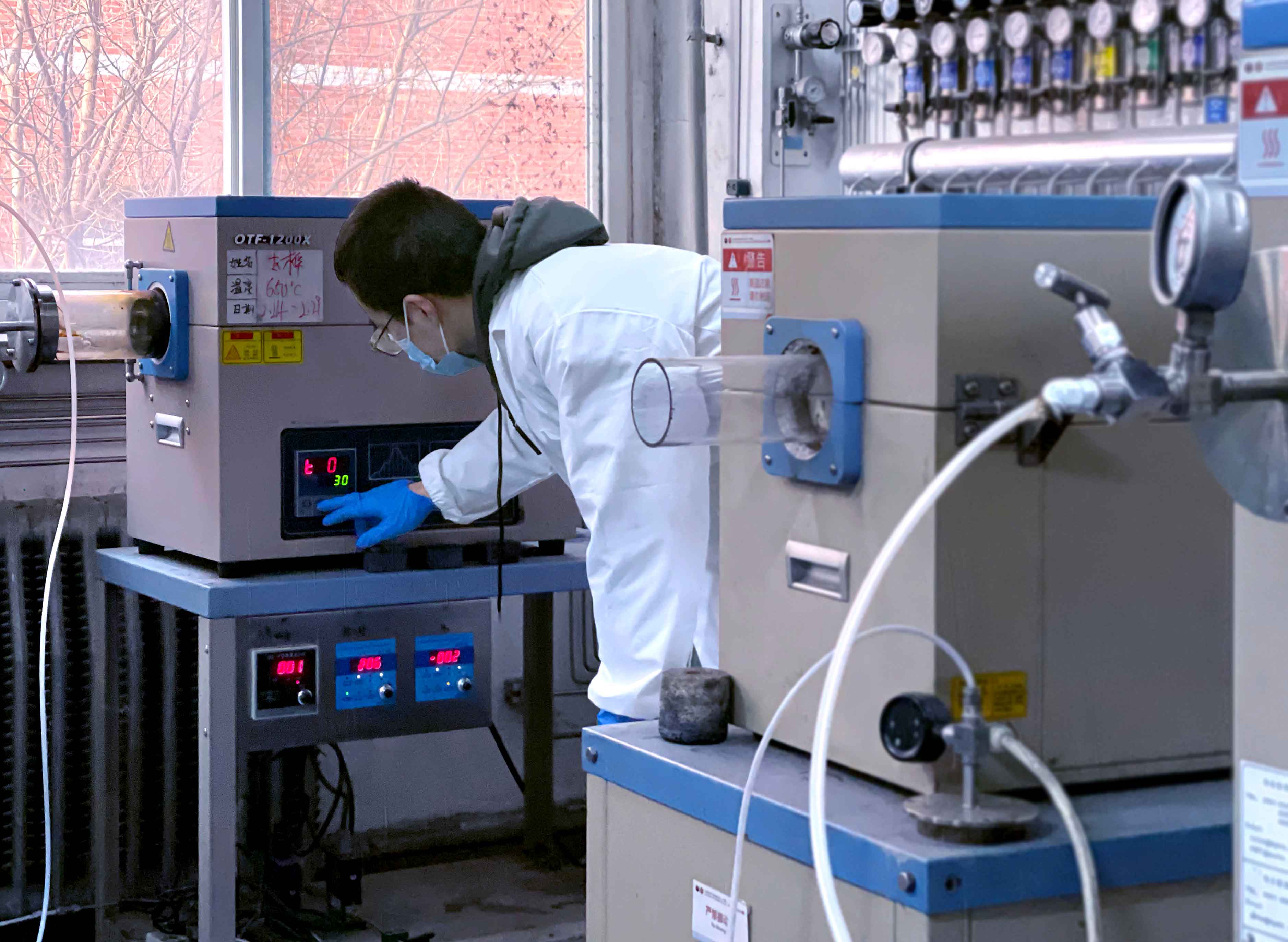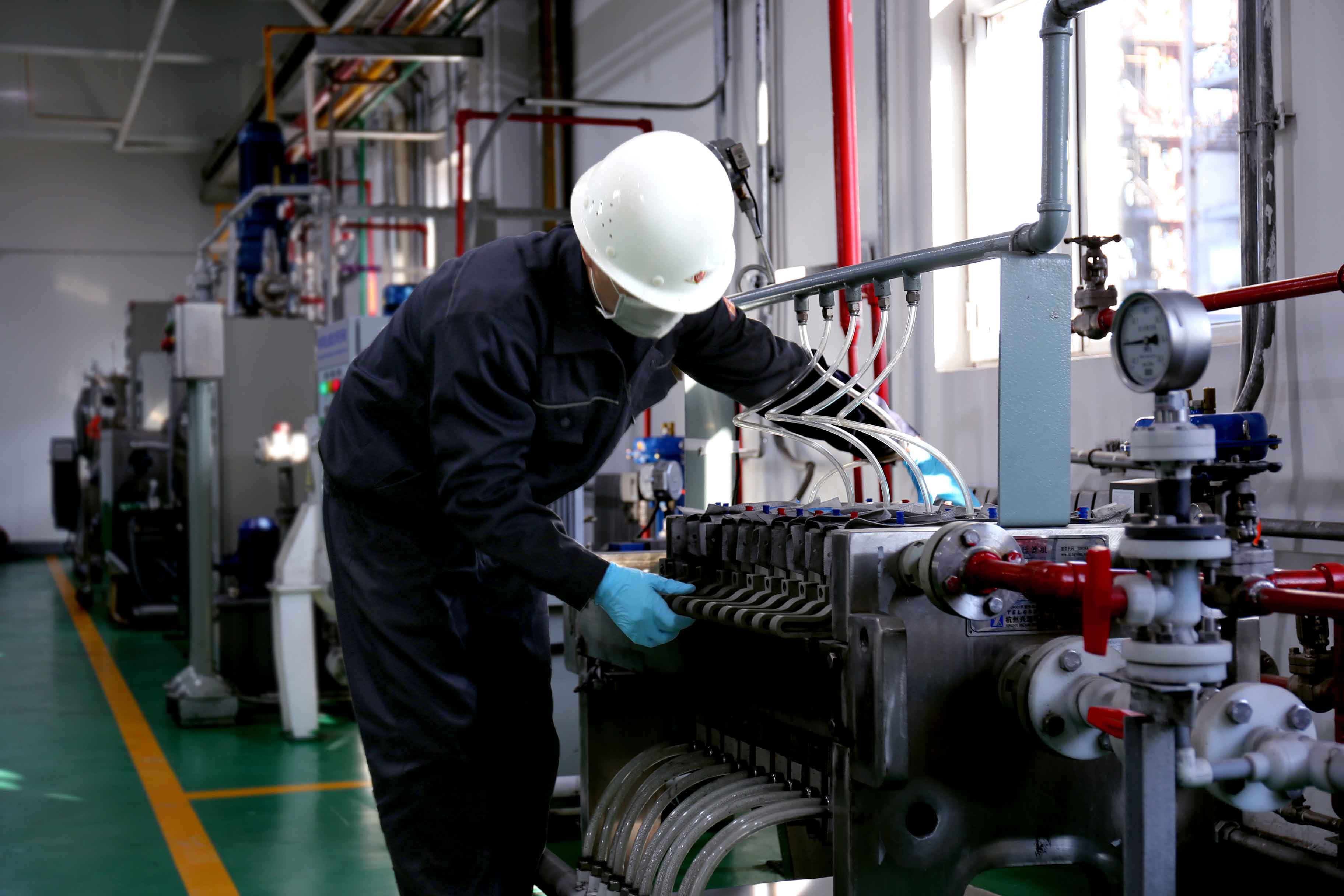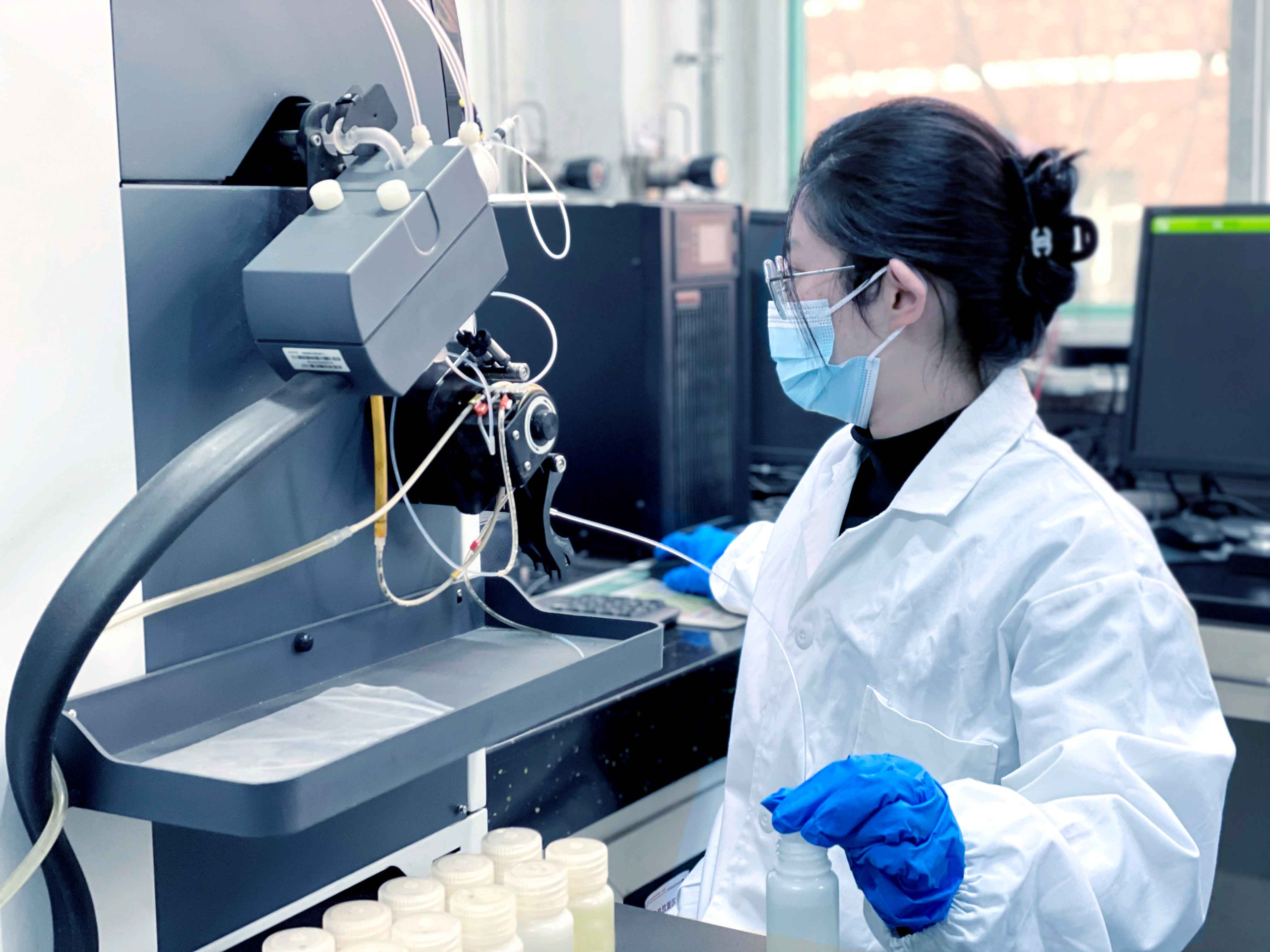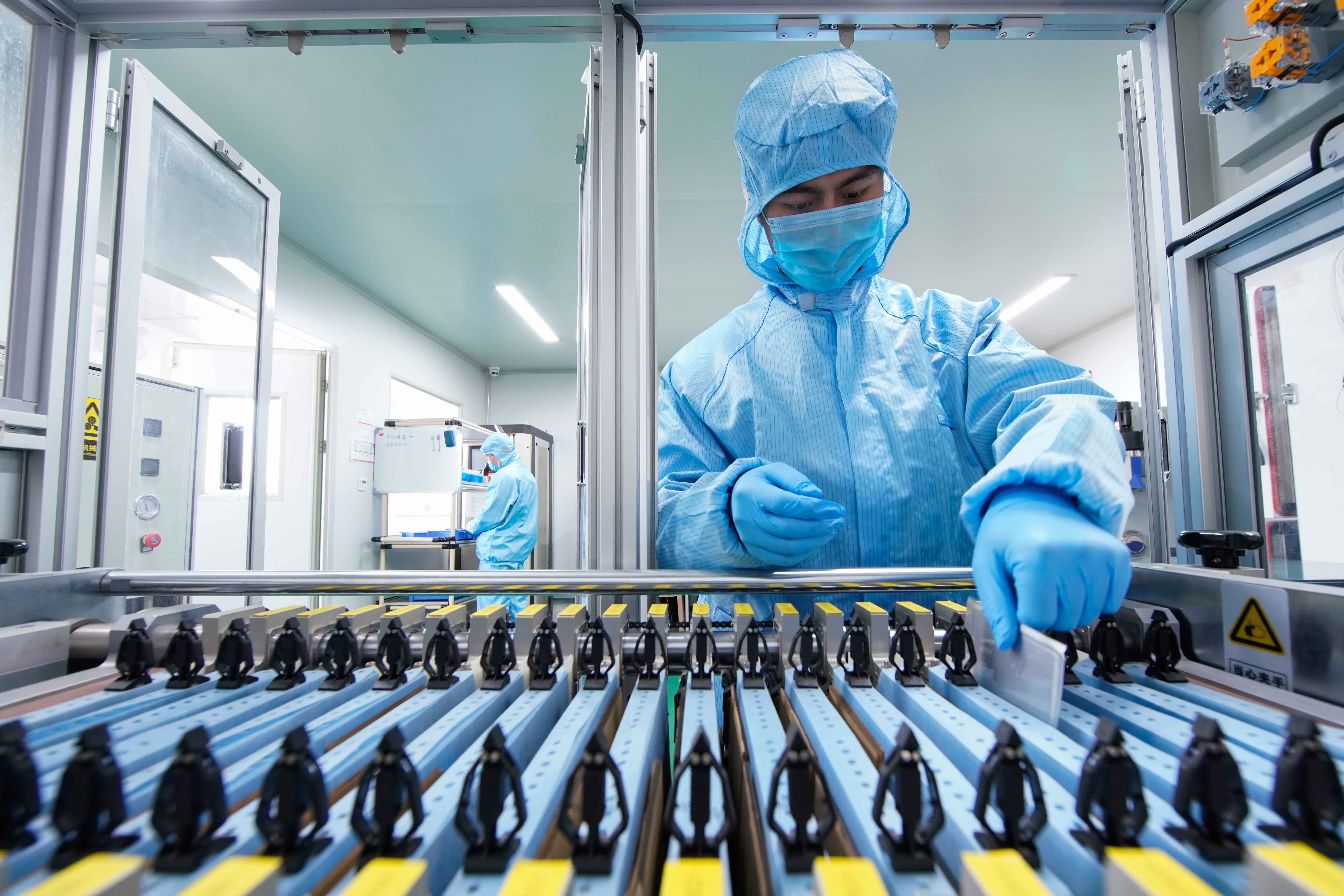R&D team
Product leadership is our core competitiveness facing the global market, and technological innovation is the vitality of our continuous breakthrough. Camery has a systematic and institutionalized R&D team with a total of 65 people, including 22 people with master's and doctoral degrees. The team members have profound basic theoretical foundation and strong engineering ability, specializing in materials, chemistry, chemical engineering, machinery and electrical and other disciplines. In addition, the team integrates advanced science and technology and innovative thinking, is committed to launching more cost-effective products and solutions, providing professional technical services, and helping the high-quality development of the new material industry.
65 Scientist + Engineer
Doctor
Master
Engineer
R&D platform
BASIC RESEARCH PLAT


MATERIAL PILOT PLAT


PHYSICAL&CHEMICAL RESEARCH PLAT


DVICE EVALUATION PLAT


intellectual property

1
Pitch based hard carbon with specific microcrystalline structure and its preparation method and application
2
Preparation and application of self supporting soft and hard carbon membrane for cathode of sodium ion battery
3
A coal based hard carbon material and its preparation method and application
4
A specific microcrystalline structure asphalt based hard carbon and its preparation method and application
5
Self supporting soft and hard carbon membrane for negative electrode of sodium ion battery and its preparation and application
6
A high-capacity modified natural polymer based hard carbon material and its preparation and application
standard setting
IEC/TS 62607-6-13
IEC/TS 62607-6-22
IEC/TS 62565-5-2
IEC/TS 62565-5-1
IEC/TS 62607-4-9
IEC/TS 62607-4-10
IEC/TS 62607-3-2
IEC/TS 62565-3-5
IEC/TS 62565-5-4
GB/T 38114-2019
GB/T 40007-2021
20202870-T-339
GB/T 30544.13-2018
GB/T 41068-2021
20192946-T-491
20192946-T-491
GB/T 41067-2021
2022-0034T-YB
2022-0033T-YB
T/CGIA 012-2019
T/CGIA 013-2019
T/CGIA 032-2020
T/CGIA 001-2018
T/CGIA 002-2018
T/CSCI 005-2018
T/CSCI 006-2018
T/CSCI 001-2018
T/CSCI 002-2018
T/CGIA 003-2021
research project
Nation 12 Items

Enterprise 13 Items

CAS 7 Items

International 3 Items

Provincial 36 Items

Others 5 Items

PAPER&MONOGRAPH









 400-992-0709
400-992-0709